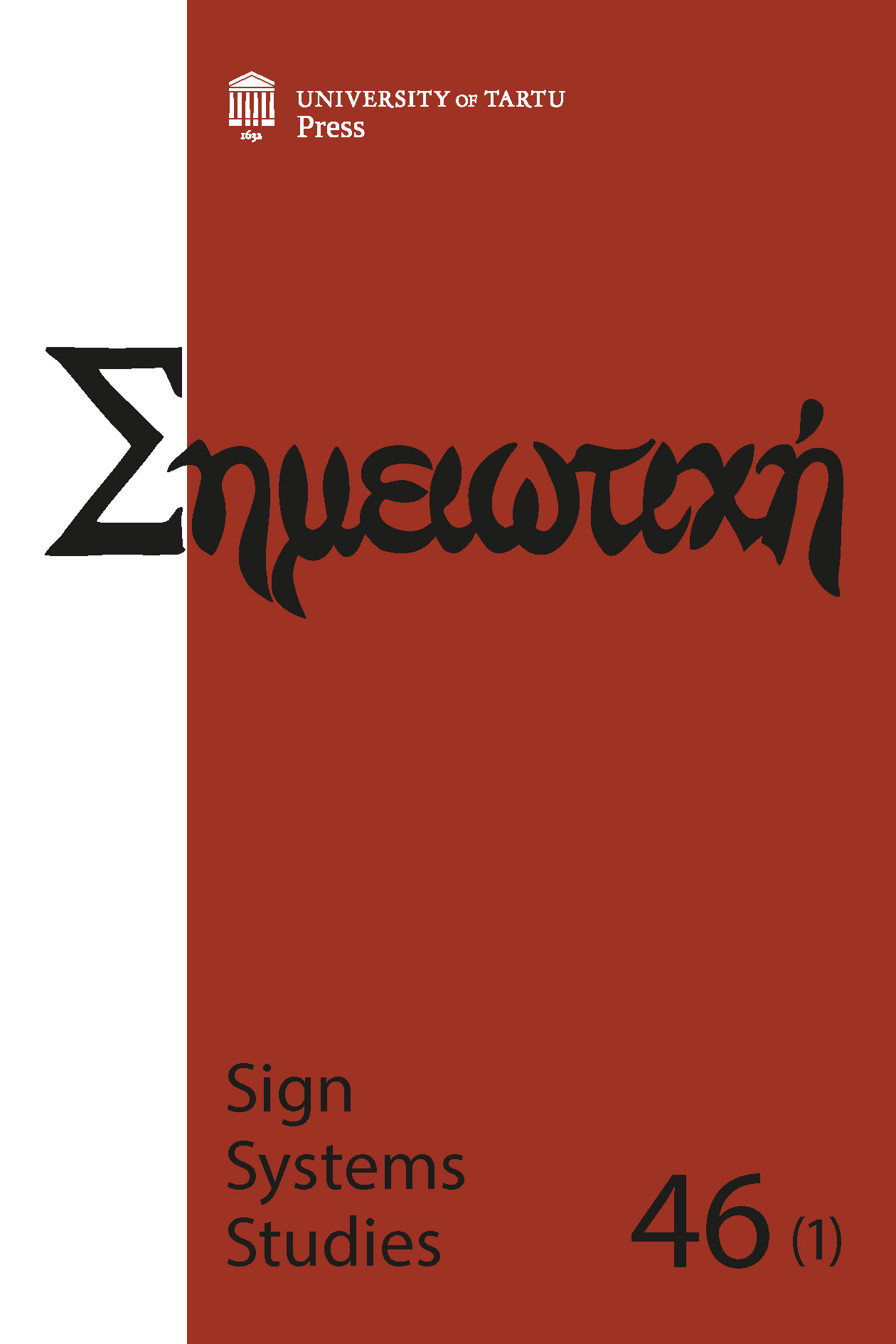Biology for linguists: An obstacle or a royal path to concept building?
DOI:
https://doi.org/10.12697/SSS.2018.46.1.05Keywords:
morphology, nomogenesis, structuralism, Roman JakobsonAbstract
Exchanging models, metaphors and analogies between biology and linguistics is well known, and August Schleicher’s book Die Darwinsche Theorie und die Sprachwissenschaft (1863) is a typical work in this line of thought. Nonetheless, there is a “counter-mainstream” to this, which is less well known, but extremely interesting to follow: orthogenesis, an explicitly anti-Darwinian theory in biology, the consequences of which are fascinating to observe in the history of ideas in Soviet linguistics as well as in Russian émigré linguistics in the inter-war period. Here the names of Nikolaj Troubetzkoy and Roman Jakobson are of primary importance if we consider that they received most of their inspiration from Goethe’s ‘morphology’ (‘Formenlehre’) and Lev Berg’s ‘nomogenesis’. The discussion between Georges Cuvier and Étienne Geoffroy Saint-Hilaire in 1830 is also an important landmark to highlight the specificity of a Russian and Central European structuralism which is extremely different from Saussure’s.Downloads
Download data is not yet available.
Downloads
Published
2018-05-07
How to Cite
Sériot, P. (2018). Biology for linguists: An obstacle or a royal path to concept building?. Sign Systems Studies, 46(1), 117–125. https://doi.org/10.12697/SSS.2018.46.1.05
Issue
Section
Articles


